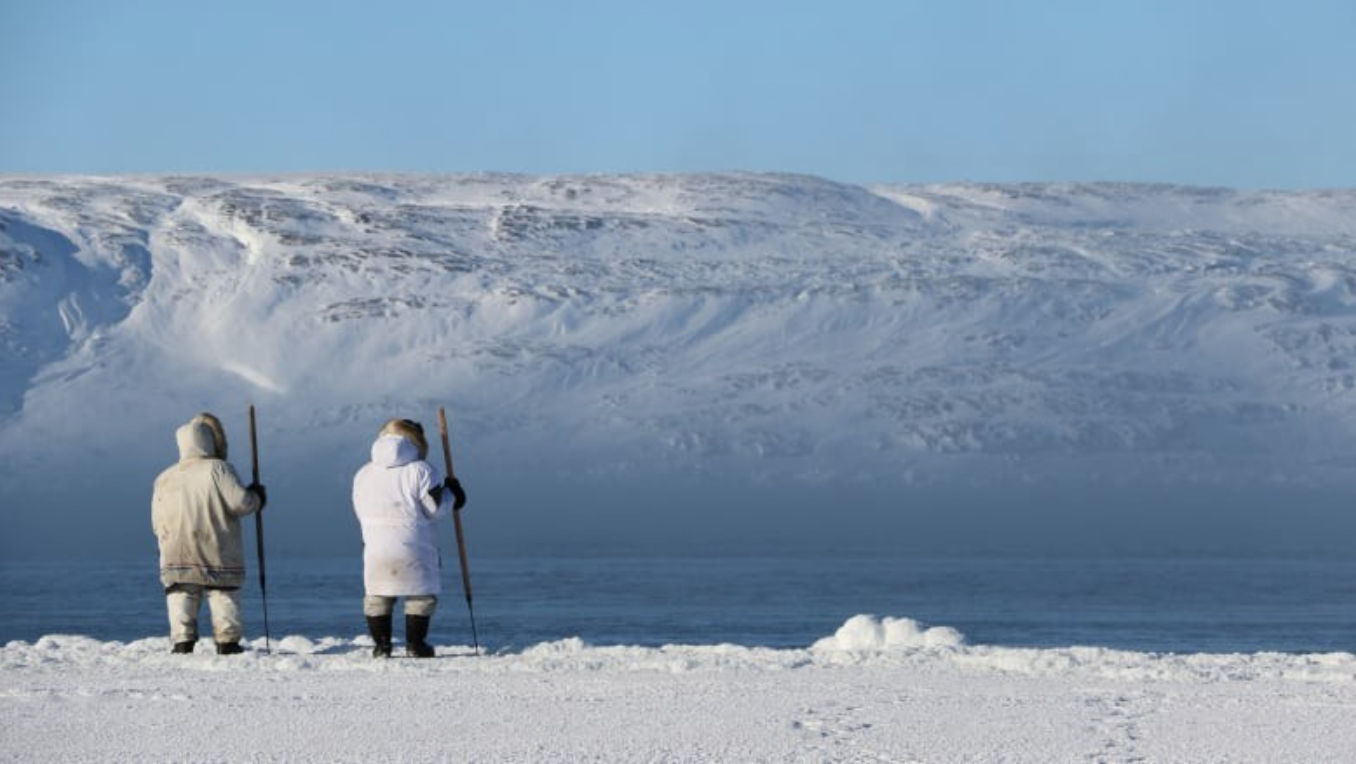As the climate changes and globalization increases, the environment and societies of the Arctic are experiencing major shifts and upheavals, particularly the Indigenous peoples. They have lived in the Arctic since time immemorial and are caretakers and stewards of these environments as their cultures, customs, and traditions are closely tied to a mutual relationship with lands, waters, and species of the Arctic.
The cultures and identities of Indigenous peoples have been challenged since the onset of colonization and to further exacerbate the challenges of global warming and globalization, Indigenous peoples have often been excluded or silenced in decision-making processes and Indigenous interests have been ignored when making important choices about the future of the Arctic. This page explores the intricacies of Indigenous representation in the Arctic–focusing on the structures of the Arctic Council, which is the primary international governance body in the Arctic.
There are 6 permanent participants on the Arctic Council
-
- Aleut International Assocation
- Arctic Athabaskan Council
- Gwich’in Council International
- Inuit Circumpolar Council
- Russian Association of Indigenous Peoples of the North
- Saami Council
While the Arctic Council is often recognized as unique it’s ability to integrate non-traditional voices into an international forum, particularly those of Indigenous peoples, there are a number of challenges that limit the power of Indigenous voices and the effectiveness of the forum in advancing Indigenous interests.
Here are the main problems, which are detailed in the presentation below:
- Lack of International Legal Personality
- Lack of Enforcement Capability & Accountability due to Structure
- Lack of Funding & Resources
Here are a number of policy recommendations to address the challenges listed above:
- Create an Arctic Council Strategic Plan that clarifies the mandates and priorities of each working group
- Includes creation of a working group on climate change & a working group on Indigenous issues
- This plan needs to include an Arctic specific set of Environmental and Social Governance (ESG) best practices/co-production standards and uniform transboundary development policies
- Includes creation of a working group on climate change & a working group on Indigenous issues
- Mandate financial contributions from member states & require economic buy-in from observer states
- Allow Permanent participants to vote
The issues facing meaningful and empowered Indigenous representation will continue to grow and there are numerous actors working to address these problems and advocate for amplification of Indigenous voices. To learn more about these efforts, check out the how to get involved and how to learn more pages of this website (it could be particularly helpful to visit the websites of the Permanent Participant groups, particularly the Inuit Circumpolar Council, and access the many resources they offer.)
In addition, here is short presentation by me, Aine Lawlor, discussing the issues mentioned above.
[ensemblevideo version=”5.6.0″ content_type=”video” id=”f72c962b-8499-47f1-a938-150b49197d5a” width=”848″ height=”480″ displaytitle=”true” autoplay=”false” showcaptions=”false” hidecontrols=”true” displaysharing=”false” displaycaptionsearch=”true” displayattachments=”true” audiopreviewimage=”true” isaudio=”false” displaylinks=”true” displaymetadata=”false” displaydateproduced=”true” displayembedcode=”false” displaydownloadicon=”false” displayviewersreport=”false” embedasthumbnail=”false” displayaxdxs=”false” embedtype=”responsive” forceembedtype=”false” name=”The Challenges Facing Indigenous Representation on the Arctic Council “]
